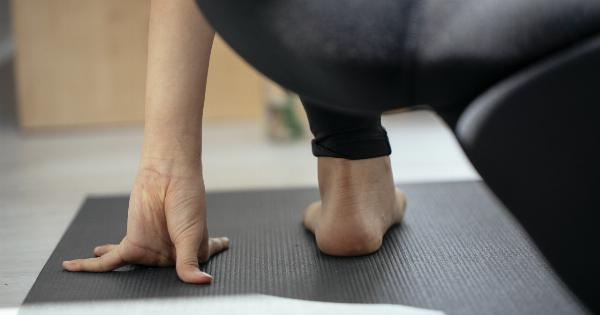The TURIS (Trans-Urethral Resection In Saline) method is revolutionizing the way prostate removal surgery is being performed. This new technique offers a more precise and efficient way to remove enlarged prostates.
In this article, we will discuss in detail the TURIS method and its benefits.
What is TURIS?
TURIS is a new surgical technique for prostate removal that uses bipolar energy and saline to remove the prostate. This method involves the use of a small electrode that is inserted into the prostate through the urethra.
The electrode is connected to a saline solution that is pumped into the prostate, which creates a clear field of vision for the surgeon. The surgeon can then use the electrode to remove the prostate tissue with precision.
Benefits of TURIS Method
The TURIS method for prostate removal has several benefits over traditional methods:.
- Less bleeding: The use of saline solution helps to reduce bleeding during the surgery, which can lead to a faster recovery time.
- Reduced complications: The TURIS method reduces the risk of complications such as incontinence and impotence, which are common with traditional prostate removal surgeries.
- Less pain: The TURIS method is less invasive than traditional surgeries, meaning there is less pain and discomfort for the patient.
- Shorter hospital stay: Patients undergoing the TURIS method often have a shorter hospital stay than those who undergo traditional prostate removal surgeries.
- Quicker recovery: Patients who undergo the TURIS method often have a quicker recovery time, thanks to the less invasive technique.
How is the TURIS Method Performed?
The TURIS method is typically performed under local or general anesthesia. The surgeon will first insert a cystoscope into the urethra to examine the prostate.
Once the surgeon has a clear view of the prostate, they will insert the electrode into the prostate tissue and begin removing the tissue using the saline solution to maintain a clear field of vision.
Once the prostate has been removed, the surgeon will insert a catheter into the bladder to help drain urine while the patient recovers. The patient may experience some discomfort and pain after the surgery, but this can be managed with medication.
Who is a Good Candidate for the TURIS Method?
The TURIS method is usually recommended for patients with an enlarged prostate. It is also a good option for patients who are not good candidates for traditional prostate removal surgery due to their age or overall health.
The TURIS method can be performed on older patients with multiple underlying medical conditions that may make traditional surgery too risky.
Risks of the TURIS Method
As with any surgery, there are some risks associated with the TURIS method. Some of the potential risks include bleeding, infection, and damage to surrounding tissue.
However, these risks are generally low, and the benefits of the TURIS method outweigh the risks for most patients.
Conclusion
The TURIS method is revolutionizing the way prostate removal surgery is being performed. This new technique offers a more precise and efficient way to remove enlarged prostates.
The use of saline solution helps to reduce bleeding during the surgery, which can lead to a faster recovery time. Patients who undergo the TURIS method often have a shorter hospital stay than those who undergo traditional prostate removal surgeries, as well as a quicker recovery time.
Overall, the TURIS method is a safe and effective option for patients with an enlarged prostate.





























